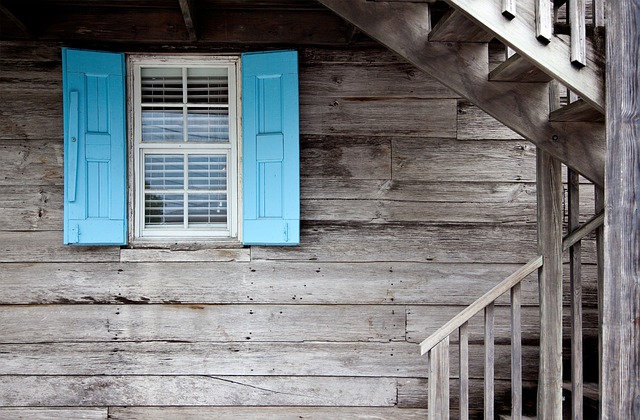Real estate investors play a vital role in California's post-disaster housing market, swiftly recognizing opportunities for profit while rehabilitating or rebuilding damaged properties after fires. Their involvement is crucial for economic recovery, job creation, and community rebuilding. Selling a home with fire damage in California involves assessing damage, prioritizing safety, conducting necessary repairs, enhancing appeal, and transparently communicating the property's history to potential buyers. The goal is to showcase the home's current potential as a safe, modern, and desirable living space.
Real estate investors play a pivotal role in California’s dynamic market, driving growth and offering solutions to diverse property challenges. This article delves into two critical aspects: understanding the investor mindset and exploring strategies for navigating fire damage when selling homes in California. With natural disasters like wildfires becoming increasingly prevalent, knowing how to approach these unique scenarios is essential for both investors and homeowners. Discover practical insights on maximizing property value and facilitating successful transactions despite fire-related setbacks.
- Understanding Real Estate Investors and Their Role in California's Market
- Navigating Fire Damage: Strategies for Selling a Home in California
Understanding Real Estate Investors and Their Role in California's Market

Real estate investors play a pivotal role in shaping California’s dynamic market, particularly when it comes to post-disaster scenarios like homes damaged by fire. These investors are often early entrants into the market, seizing opportunities that arise from both the rebuilding process and the potential for significant returns. They contribute significantly to the state’s economic recovery efforts, as they fund renovations and new constructions, providing a boost to local businesses and creating jobs.
When selling a home with fire damage in California, these investors step up, recognizing the value in rehabilitating properties rather than letting them remain vacant or demolished. Their involvement is crucial for ensuring that affected communities rebuild quickly and effectively, maintaining the state’s renowned real estate landscape.
Navigating Fire Damage: Strategies for Selling a Home in California

Navigating fire damage when selling a home in California requires a strategic approach. The first step is to assess the extent of the damage, gathering professional estimates for repairs from licensed contractors. This not only provides an accurate cost but also helps in understanding which parts of the property need renovation and to what degree. In California, where real estate trends can vary widely across regions, being transparent about the fire damage history and the repair plans is crucial. Potential buyers often conduct thorough inspections, and honesty about past issues fosters trust.
Next, focus on repairing or replacing damaged areas while enhancing the overall appeal of the property. Prioritize safety and structural integrity, ensuring any necessary repairs are completed to current building codes. Beyond that, consider aesthetic improvements. Fresh paint, updated fixtures, and new flooring can make a significant difference in the home’s marketability. Remember, selling a home with fire damage in California is about demonstrating the value of the property beyond its history, showcasing its potential as a safe, modern, and desirable living space.
In the dynamic real estate market of California, understanding the nuances of fire damage and its impact on property values is crucial. As discussed, real estate investors play a pivotal role in shaping the industry, offering both opportunities and challenges. When faced with selling a home with fire damage in California, adopting strategic approaches can enhance the process. By implementing effective communication, thorough disclosures, and exploring specialized services, homeowners can navigate this complex scenario successfully. Remember that, in light of these considerations, the key lies in presenting a well-prepared property, allowing investors to appreciate its potential beyond the immediate impact of fire damage.






